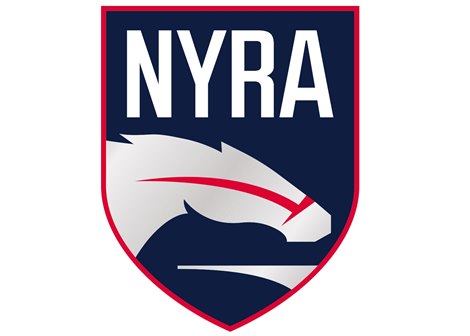For the second year in a row Saratoga Race Course‘s Oklahoma dirt training track has maintained a gold standard for equine safety.
Open from April through mid-November, the dirt track once again had no catastrophic injuries during 7,037 timed workouts over the surface.
In 2023, there were 7,444 timed works without a fatal injury, bringing the total to 14,481 works for the last two years.
“Any time you see numbers as low as this it’s a positive,” said Andrew Offerman, the New York Racing Association’s senior vice president of racing and operations.
There was one fatal injury on the Oklahoma turf course, which also had no fatalities in 2023.
Sign up for BloodHorse Daily
In terms of dirt and turf works at the Oklahoma facility, there was just one fatality injury in 2023-24 during 18,305 works.
“The capital put into redoing Oklahoma (in 2021), changing the surface and widening it, has been a benefit to the horsemen and to us in terms of maintaining it,” said NYRA executive vice president of operations and capital projects Glen Kozak. “The rebuild we did from the bottom up at Oklahoma has been great and set the standard for what we have done at other facilities to have consistency between the tracks.”
The Oklahoma figures also underscore a huge change at Saratoga Race Course’s main racing surfaces where there was only one catastrophic injury during this year’s 40-day meet, compared to nine during racing in 2023.
The dirt surfaces for Saratoga’s main track and the Oklahoma dirt training track are the same mixture, which will also be used for the main track at the rebuilt Belmont Park. It will consist of a limestone base with a clay pad below the dirt mixture of sand, silt, and clay.
“The trainers that have been on Oklahoma see how well it reacts to the weather during the prime racing season of April to December,” Kozak said. “It gives us the ability at Belmont Park to have the best surface in terms of the sub-base, the base and the cushion on top.”
While surfaces play a key role in equine safety, Offerman noted it also requires the commitment and support of the entire racing community.
“Equine safety is a multifaceted effort that also involves the participants, the veterinary care the horses receive from private practices, and from a regulatory perspective,” Offerman said. “It even involves the racing office and other parties that are watching the horse population on a regular basis to make sure everyone is looking out for the best interests of the horses.”
Offerman pointed to NYRA’s longer, six-day entry schedule as another way to promote equine safety, in addition to the track surface.
“The change (to a six-day entry schedule) was at the request of the regulatory vets so they would have extra time to go through prescreening and risk factors,” he said. “Doing things collectively to make the sport safer and protect the horses is what we are trying to do. There’s pride in seeing these numbers and knowing that everyone is looking at things differently than in the past and understanding the importance of working together.”










Leave feedback about this